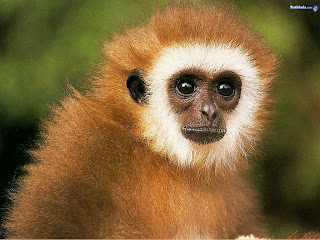Sustainable fashion can be described as the ability of a fashion product to endure from source to design concept, manufacture and retail till it gets to the final wearer and is disposed of, without hurting the people it comes in contact with through this entire process, or the environment in which it travels.
Sustainable fashion, eco fashion, ethical fashion, sweatshops, carbon footprints, greenhouse emissions, fast fashion – we have heard them all in the last decade and we are still trying to take them all in. The first thing that comes to mind however, when we hear sustainable fashion and Nigerian fashion industry in the same breadth is: Are we there yet?
The answer is YES and the whole essence of talking about it this month on Style House Files is to raise awareness that we are all stakeholders in the fashion lifecycle – farmer, textile manufacturer, designer, garment manufacturer, retailer, buyer, press, model and consumer. Hence, we should all stand up and face responsibility for the ecological and social impact of the product that have been made, designed, promoted, sold and worn by us or that we have been associated with either directly or indirectly. The future of sustainable fashion lies in this very fact, since it is such human interactions with fashion products that determine the sustainability of not just the fashion product but its production process as well.
As a fashion forward race, we have an insatiable appetite for consumption of goods. We see this everyday in the non-stop buying of fashion products as often and as quickly as possible (no thanks to the media and fashion industry), the subconscious desire to always have something brand new and shiny as long as it comes with a hefty price without caring where it comes from and in the case of fast fashion, buying goods so dirt cheap without a thought for who had to slave or practically work for free so we can actually buy fashion products at such a ridiculous price in the first place!
There is no doubt that the notion of our taking responsibility for the future of fashion and invariably our environment and people, really sounds daunting! What then must we do? Go back to the beginning like it was in the Garden of Eden when Adam was unaware of what clothes were? Or post fall of Adam from Eden when leaves were seen as covering? Sustainable fashion is not as complicated as it sounds and quite a number of us probably already make sustainable choices when designing and or buying. This will be a fantastic opportunity for the fashion cognoscenti to educate us all on sustainable choices they make in fashion, so we can utilise them as tools of cementing long term development in a growing industry.
Style House Files will explore the following angles as sustainable fashion choices we can make:
•Fashion products made from organic, recycled fabrics
•Handmade or handcrafted goods
•Vintage fashion products
•locally sourced and produced clothes
•clothes made well- which cost more but last longer-
•products sales that benefit charities, causes and less privileged societies
Whatever choice or choices we embrace, please bear in mind that the whole essence of this is to give meaning to a fashion product beyond just wearing, it is to embrace the psychological impact of what wearing that fashion product means to us in terms of celebrating culture, craft and meaning in our everyday style.


















































